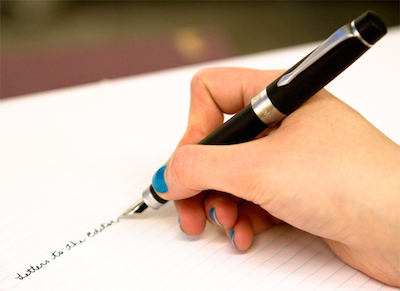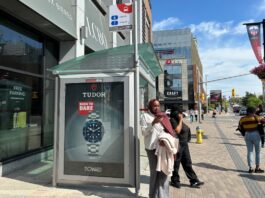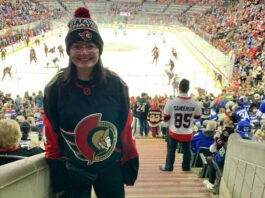I love makeup, don’t get me wrong. I wouldn’t own more tubes of lipstick than I can count if I didn’t. Makeup is an art form, and your face is the canvas. It’s a fun medium for self-expression and experimentation, but more and more I notice that the element of experimentation is being undercut by “trends” that are starting to feel more and more like rigid rules.
A lot of trends in the beauty industry are Eurocentric. They push European features and beauty standards as the universal norm, and reinforce the toxic idea that there is only one way to be beautiful, and if you don’t naturally meet the standard, you must change yourself to emulate it.
A lot of current trends in the beauty industry reflect this. Contouring, a makeup technique that involves shading and lightening different parts of the face to emphasize or mask certain features, is probably the best example.
Most contouring how-tos neglect to teach the principles of shading and lightening to shape your face the way you prefer. Instead, they all preach the same “correct” technique. The tutorials teach you to darken the hollows of the cheeks and the sides of the nose, and lighten the top of the cheekbones and the point of the nose to carve out chiselled cheekbones, and a slim, upturned nose. Surprise, surprise, these are all features typically associated with Europeans.
But what if you like your wide nose or round cheeks and want to emphasize them? What then? Beauty gurus on YouTube and the pages of Cosmo don’t typically give you the answer.
Beauty standards and trends continue to be dictated by predominantly white women. Features usually associated with people of colour are considered ugly or uncool, until white women acquire them, at which time they suddenly become trendy and fashionable.
My thick eyebrows were mocked relentlessly when I was younger, but now that Cara Delevingne and Lily Collins have made it cool to have thicker brows, I’m showered with compliments over them.
The same thing goes for big lips. They weren’t trendy when they were predominantly associated with people of colour, but somehow Kylie Jenner’s artificially enlarged lips are revolutionary. These double standards stem from subconscious racism, and can adversely affect the confidence and self-esteem of women of colour, and cause them to internalize harmful ideas about what they’re supposed to look like.
Makeup is a deeply personal form of self-expression and experimentation. It’s time we remembered that again. There shouldn’t be trends that are so unquestioningly accepted as the only way to do things that they become the “right” way of wearing makeup.
It’s time to encourage each other to experiment with makeup, and do what we personally think is beautiful—not just what a magazine or a YouTube beauty guru likes.
Want to do bold eyes and bold lips at the same time? Go for it.
Want to contour your nose, but not your cheeks? Go for it.
Don’t want to contour at all? Go for it.
Have thin brows but can’t be bothered to fill them in? Don’t.
Have thick brows that are impossible to maintain at every hour of the day? Let them go.
What looks good on one person might not look good on another, and that’s okay. That’s why it’s important to experiment, and try out new things, and not just accept that just because Kim Kardashian contours, you have to too. The Mona Lisa and The Girl Before A Mirror are both beautiful works of art, but they’re nothing alike, and that’s what makes them both interesting.
Makeup is supposed to be fun. It’s supposed to be a medium to help you express yourself to the world. It’s not supposed to cause you needless amounts of stress when you can’t emulate whatever is “in” according to the beauty industry or replicate the exact same look that everyone’s wearing.
The only makeup rule that really matters in the long run is just do whatever you want—and blend. Blend well. Blend until you’ve gotten your weekly arm workout and then some.




